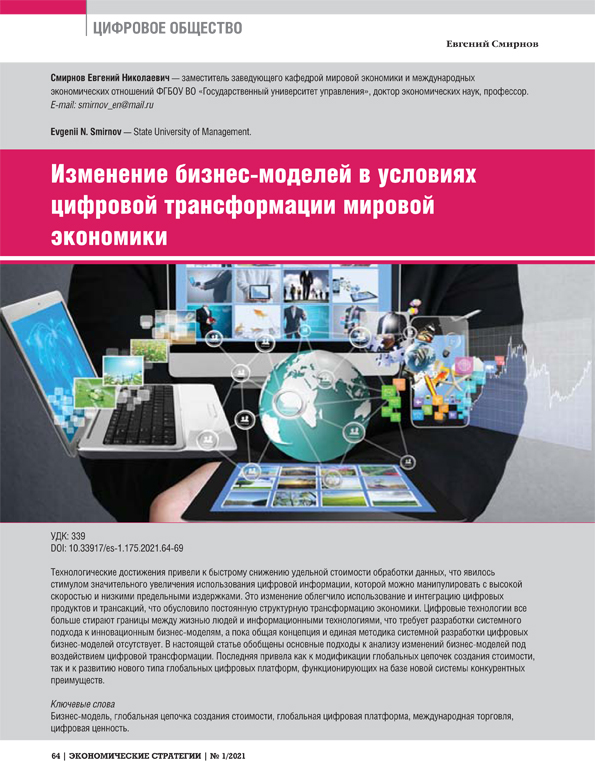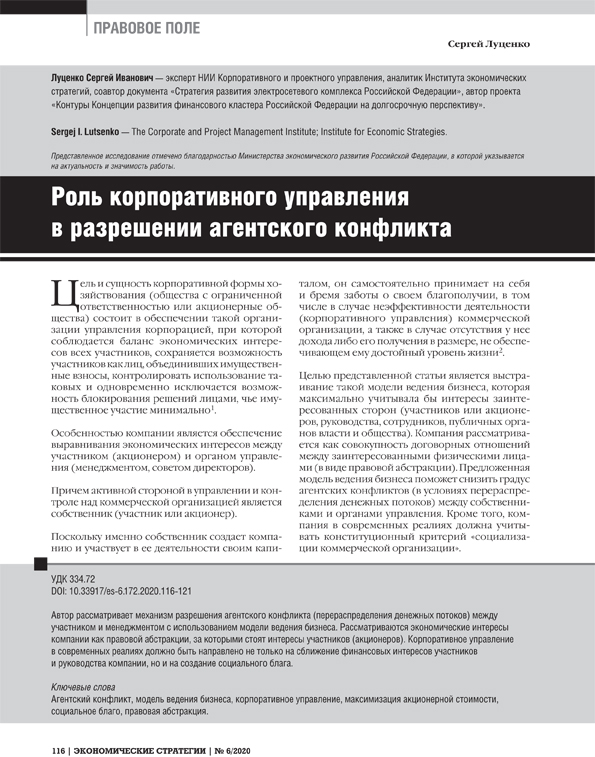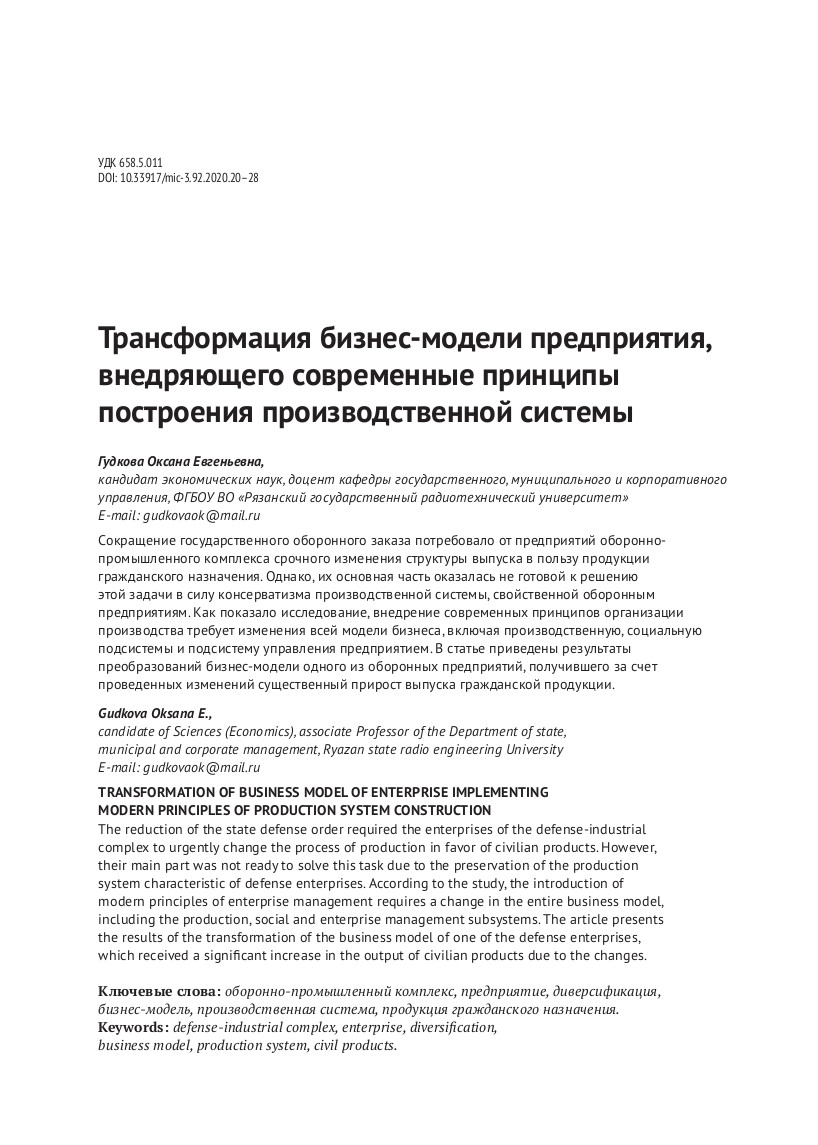On the methodology of subject-oriented management of industrial enterprise processes
DOI: 10.33917/mic-2.121.2025.57-69
The subject under observation is the methodology of subject-oriented process management of industrial enterprises as an alternative to traditional approaches. The study highlights the need to adapt management techniques to the high dynamism and uncertainty of the market environment, especially in the context of the Russian economy. The analysis of the structure of subject-oriented management is carried out, which is based on the interaction of several levels of management: from meta-guidelines to specific practical tools. Among the key advantages of the methodology are the ability to quickly test hypotheses, reduce «shadow» functions, automate processes, and create an up-to-date management model with minimal costs. The technique demonstrates a high potential for overcoming modern industrial challenges, such as increasing digitalization, adapting to changing market conditions and staff shortages, which makes this technique particularly relevant for Russian industrial companies.
References:
1. Behrens J. Agile Konzepte в Prozessmanagement FH Vorarlberg, 2022. 114 с.
2. Ageev A.I. The role of sanctions, conflicts and special operations: reflections on the future. Part 2. Scientific Bulletin of the Russian Military-industrial Complex. 2024;1:33-42.
3. Abramov V.I. Technological sovereignty: basic principles and strategic goals / V. I. Abramov, A.V. Gavrilyuk, A.V. Putilov. Management of economics, systems, processes: Collection of articles of the VIII International Scientific and Practical Conference, Penza, October 14-15, 2024. Penza: Penza State Agrarian University, 2024. pp. 11-18.
4. Plotnikov V.A. Anti-crisis management of enterprises in the context of political and economic turbulence / V. A. Plotnikov, N. A. Ushakov. The Russian economy in the context of structural transformation: Proceedings of the II All-Russian Scientific and Practical Conference, Novokuznetsk, May 28, 2024. Moscow: LLC «Topicality.RF», 2024. pp. 130-135.
5. Churkin D.A., Abramov V.I. Subject-oriented business process management as a tool for innovative enterprise development. Economic strategies. 2024;4(196): 128-135.
6. Weber S. Institutes of decision-making / S. Weber, D.V. Davydov, A.V. Savvateev. Questions of economics. 2017;6:45-57. DOI 10.32609/0042-8736-2017-6-45-57.
7. Fleischmann A., Schmidt W. S-BPM as a new impetus in Business Process Management: A survey. Business Informatics. 2015;2 (32):7-19.
8. Abramov V.I. The role of effective communications and collective intelligence in the digital transformation of a company / V. I. Abramov, D. A. Churkin. Bulletin of the University. 2024;4:50-60. DOI 10.26425/1816-4277-2024-4-50-60.
9. Lepsky V.E. Reflexivity in the management of social systems (philosophical and methodological analysis). Philosophy of Science and Technology. 2021; 26(2):127-147. DOI 10.21146/2413-9084-2021-26-2-127-147.
10. Wittikh V.A. The evolution of ideas for organizing management processes in society: from cybernetics to evergetics. Management issues in the development of the primary health care system: topical issues of hematology: collection of scientific papers of the scientific and practical conference, Samara, April 04, 2017. Samara: Samara State Medical University, 2017. pp. 56-62.





















